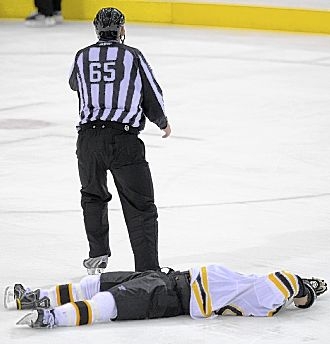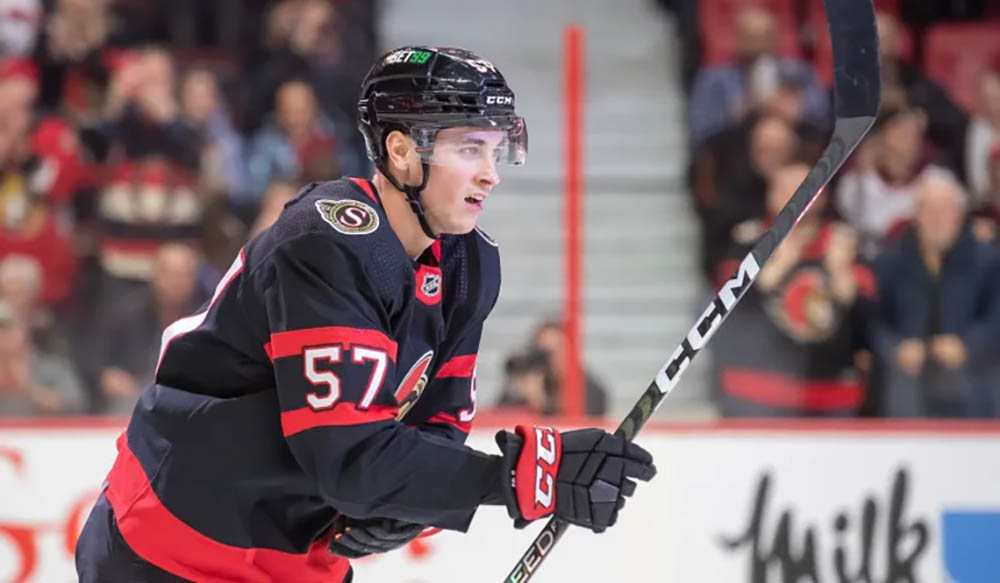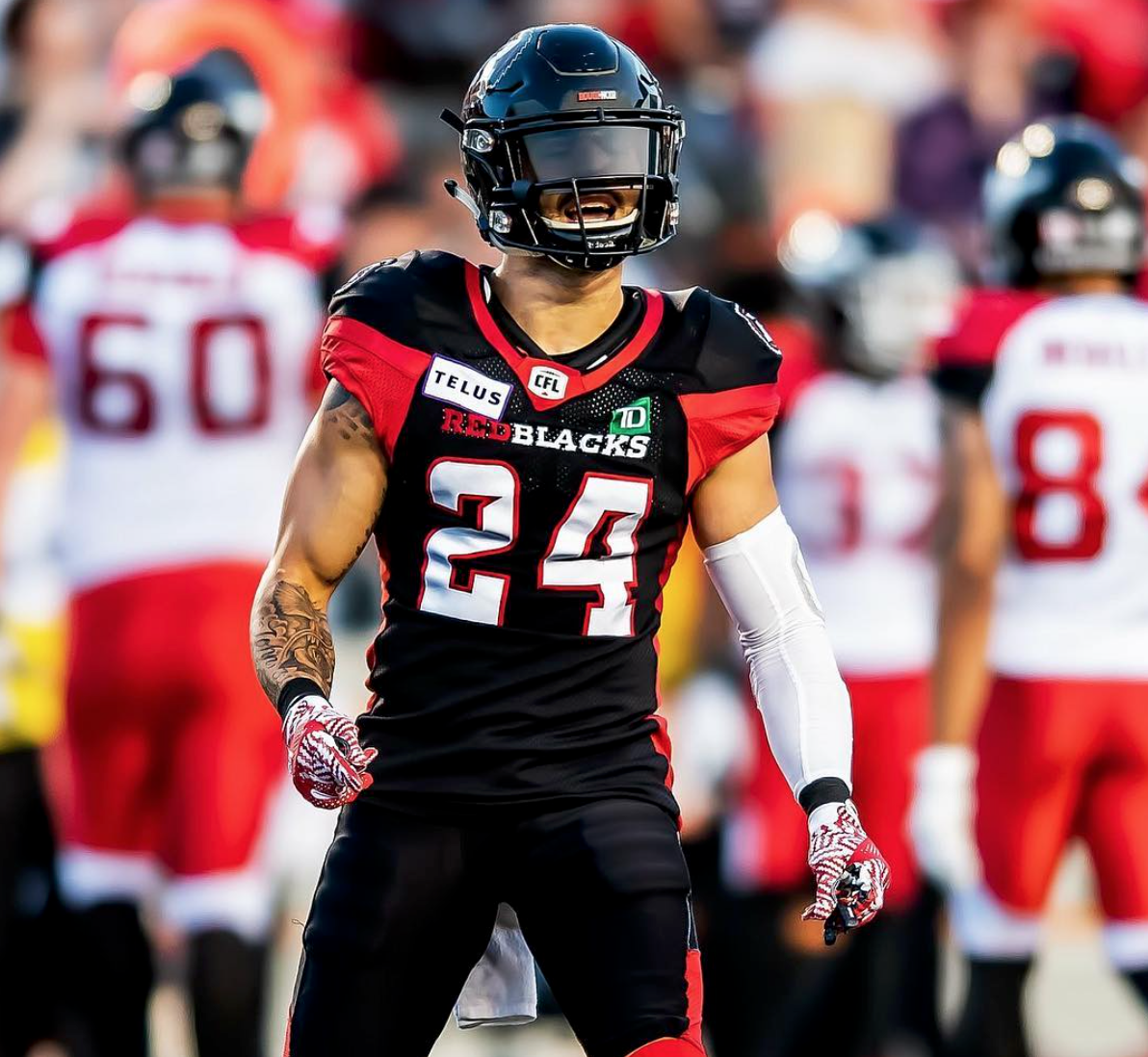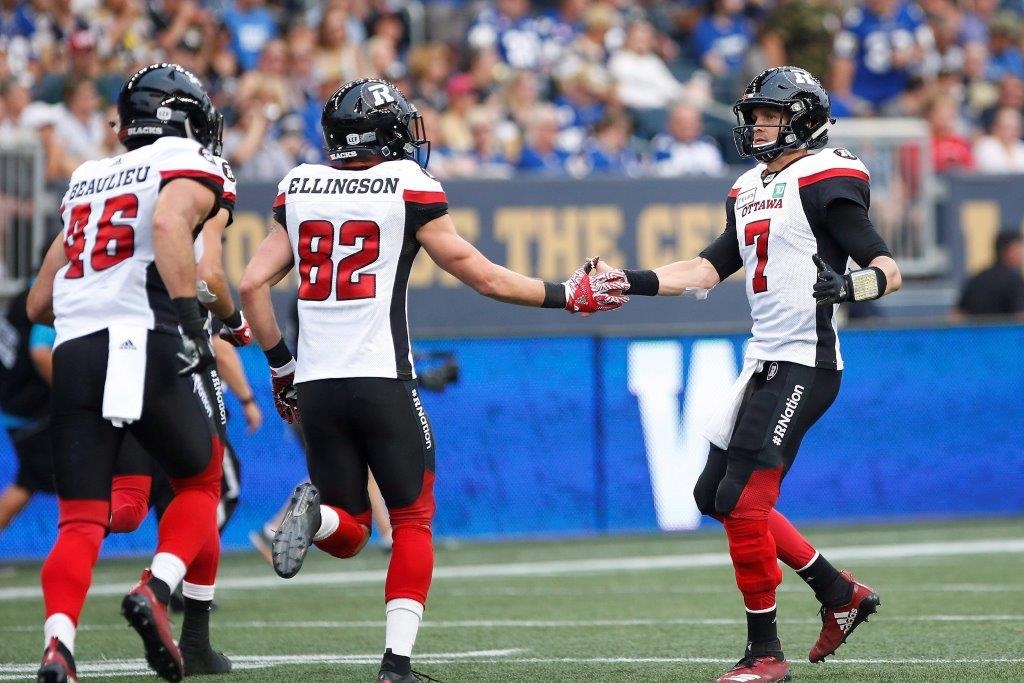
The NHL’s Concussion Epidemic
The final act of Marc Savard’s hockey career may well have occurred in his absence, when the Boston Bruins defeated the Vancouver Canucks in seven games to claim the 2010-11 Stanley Cup. Savard’s name is listed on the Cup along with those of his Bruins teammates, even though he missed three months of the regular season and the entire playoffs after sustaining a concussion in January 2011 from a hit by Colorado’s Matt Hunwick. Savard is sitting out the entire 2011-12 season, and though he is still listed on the Bruins roster, it remains unlikely that he will suit up as a professional hockey player ever again.
Savard’s concussion problems began 10 months before the Hunwick hit, when Pittsburgh Penguins forward Matt Cooke delivered a malicious blow to the side of Savard’s head. Cooke was not penalized on the play, and then-NHL head disciplinarian Colin Campbell deemed that no suspension was warranted under the league’s current rules. Savard would return in time for the second round of the playoffs, scoring a critical overtime goalin his return to the ice. The Philadelphia Flyers would eliminate Boston in seven games, and Savard played just 25 games in 2010-11 before receiving his second concussion.

While Cooke’s teammate Sidney Crosby is the face of the NHL’s concussion epidemic, Savard is its most severe casualty, having amassed over 700 points in 14 pro seasons before having his career derailed by two careless headshots. Even with the chronic uproar over the place of fighting in the game of hockey and the pending expiration of the CBA threatening the 2012-13 season, the health and safety of its players is the most pressing issue facing the NHL, specifically with regards to headshots and concussions.
Months of interminable speculation over Crosby’s health have underscored the magnitude of the NHL’s recent concussion influx. Crosby missed the second half of the 2010-11 season after receiving separate blows to the head from Washington’s David Steckel and Tampa Bay’s Victor Hedman, both occurring just four days apart. Crosby returned to action on November 21st, only to be shelved indefinitely just eight games into his comeback after a check from Boston’s David Krejci.
While the former Hart Trophy winner is the most prolific of the NHL’s injured players, one could compose a veritable All-Star team of players who have missed time due to concussions this season. Stalwart Flyers defenseman Chris Pronger will miss the remainder of the season with post-concussion symptoms, while teammate Claude Giroux lost his grip on the NHL scoring lead after sitting out four games. In addition to Crosby, Pittsburgh has gone without defensemen Kris Letang and Zbynek Michalek for significant parts of the season. The New York Rangers’ Marc Staal was sidelined for three months with post-concussion syndrome, sustained last February but not diagnosed until the 2011 off-season.

The Ottawa Senators have seen four players miss time with concussions, including NHL All-Stars Daniel Alfredsson and Milan Michalek, who each sat out five games earlier in the season. While Michalek’s injury was the result of a collision with teammate Erik Karlsson, Alfredsson was felled by an elbow from the New York Rangers’ Wojtek Wolski, an action that garnered no supplementary punishment from new NHL discipline czar Brendan Shanahan. After appearing in 314 consecutive regular season games, Chris Phillips missed two games in early January with concussion symptoms. Jesse Winchester hasn’t played since December 20th after receiving a vicious check to the numbers from Buffalo’s Paul Gaustad.
Shanahan’s succession of Campbell as chief disciplinarian last June was celebrated as part of the NHL’s commitment to cracking down on dangerous play. Four months into his tenure, Shanahan’s approach can best be described as inconsistent, with the former Detroit Red Wing vacillating between leniency and suppression, often choosing one when the situation calls for the other. The Wolski hit is a prime example of Shanahan’s tendency towards inaction, and an apparent endorsement by the NHL of elbows to the head of unsuspecting opponents. The ambiguity of the league’s headshot rules has compounded the ineffectiveness of the disciplinary process, to the extent that few officials, fewer players and even fewer fans understand the scale, intent and application of the law.
Although it stands as one of the most reprehensible on-ice acts of the past decade, Cooke’s hit on Savard was deemed legal under the NHL’s rules in March 2010. Today, there’s no question that Cooke’s actions would be met with a lengthy suspension, but Shanahan’s arbitrary rulings have managed to set a confusing precedent for the league’s players and referees. Shanahan has attempted to make the disciplinary process more transparent by releasing online videos of every play that he reviews, but his manifold explanations have done little more than provide fodder for fans and pundits who disagree with his rulings.

Concerned fans, bloggers and members of the mainstream media have bandied about several potential measures to reduce dangerous play. One popular “solution” entails the adoption of a bigger, European-style ice surface, giving players more room to maneuver and lessening the likelihood of reckless play along the boards. This, of course, could never happen – not unless every NHL owner agrees to eliminate the first few rows in every arena to accommodate the larger playing dimensions, disregarding the lost revenue and logistical costs.
A more feasible measure involves equipment modifications, including more durable helmets and/or reductions to the size and sturdiness of shoulder and elbow pads. While the league office has stated its intentions to reduce equipment size while maintaining its protectiveness, the glacial pace at which the NHL typically considers these measures indicates that change won’t necessarily be coming soon.
Ultimately, the NHL’s concussion problem won’t be solved until the players make a conscious effort to remove unsafe and irresponsible hits from the game, which is directly correlated with the penalties doled out by Shanahan. If plays such as the Cooke and Wolski hit go unpunished, players will respond accordingly, knowing they won’t face supplementary discipline in the future for similar infractions. Conversely, if referees are too harsh in penalizing hits that fall within the rules, such as the phantom charging major and game misconduct assessed to Nick Foligno on December 22nd against Florida, players, coaches and fans will complain – and rightfully so – about the erosion of physical play in hockey.
Put simply, the concussion epidemic is the single biggest issue facing the game of hockey. It threatens to overshadow all the progress the NHL has made since the Dead Puck Era of the 1990s and the damaging lockout of 2004-05. Players are bigger, faster and generally more reckless, a lethal combination that endangers the health, career and livelihood of every man who suits up in an NHL game.
Faced with a game becoming too big and too fast for its own good, the NHL must institute a workable solution to preserve the health of its active players. With no intelligible rule to legislate headshots, the NHL has failed to find a balance between the on-ice comportment of its players and the punishment levied by the game officials and the head office, and it’s the players who are paying for it. After playing just eight games in 12 months, Sidney Crosby still has no timetable for his return. Marc Savard has his name on the Stanley Cup, but no safe or concrete future in the game of hockey. With the NHL in a dangerous state of flux, there’s no telling who might be next.









